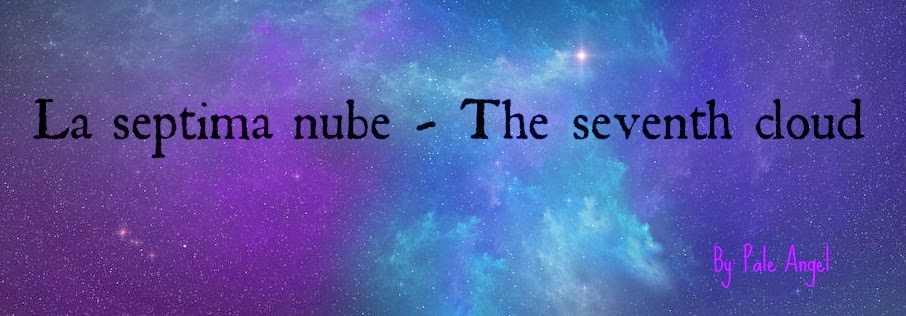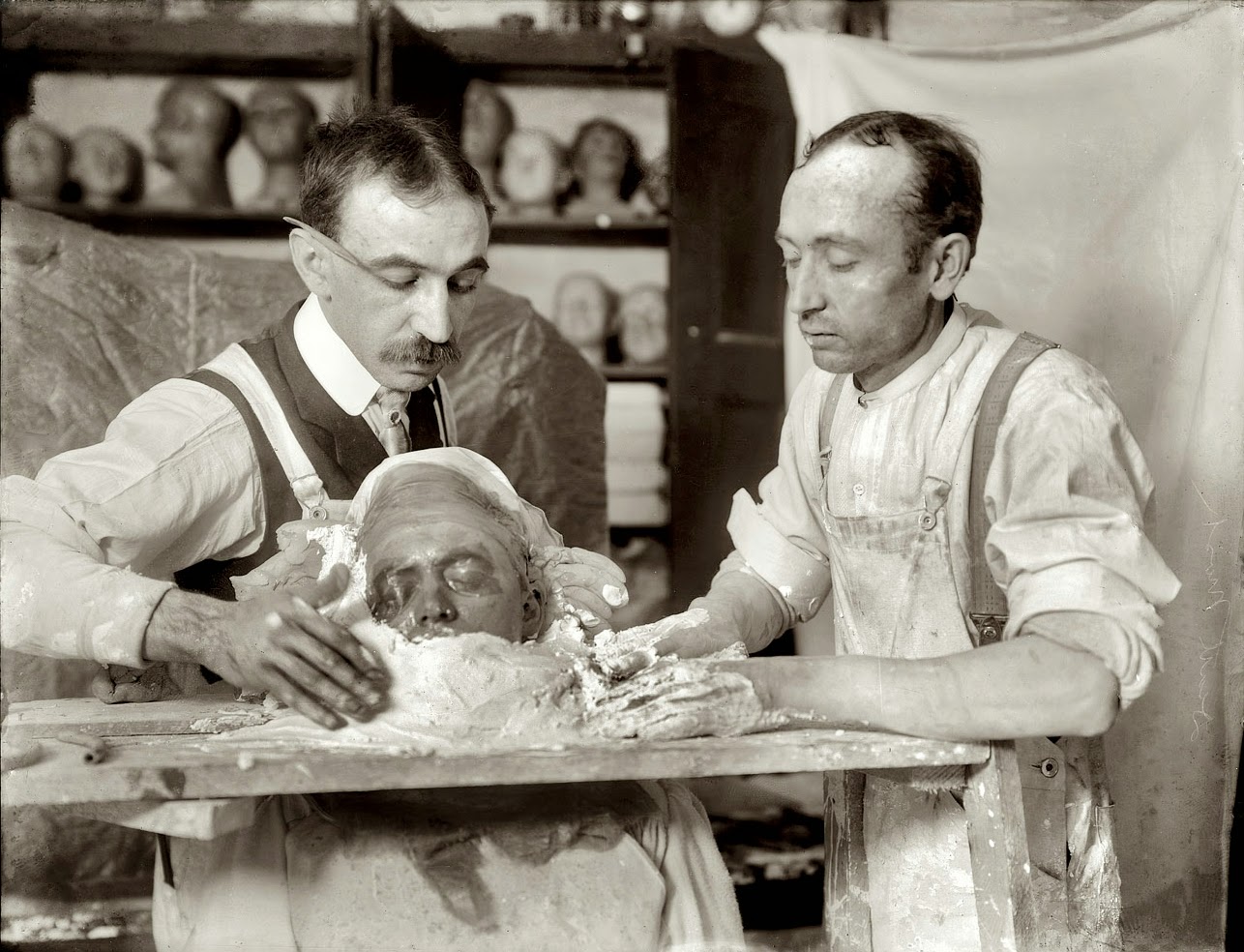Translate this blog to: Français,Deutsch,Spanish and more!
Saturday, March 28, 2015
Freaks ! Let's go to the circus !
A freak show is an exhibition of
biological rarities, referred to as "freaks of nature". Typical
features would be physically unusual humans, such as those uncommonly large or
small, those with both male and female secondary sexual characteristics, people
with other extraordinary diseases and conditions, and performances that are
expected to be shocking to the viewers. Heavily tattooed or pierced people have
sometimes been seen in freak shows, as have attention-getting physical
performers such as fire-eating and sword-swallowing acts.
In 1851 the development
of the "set-plate" technique enabled photographers to make many
prints from one exposure. Human oddities would have carefully posed photos
taken and often order thousands of reproductions. They would sometimes write
about themselves on the back of the card bragging about their physical
attributes or talents. These "carte de visites" were widely collected
by Americans and made quite a bit of money for the "freaks" and the owners
of freak shows.
Freaks were often perceived as
apprehensive, docile and unhappy with their lot in life. In many cases during
the Victorian era, nothing could be further from the truth. Many defended
themselves against their managers, talking back and demanding raises. As
early as 1851, it had become popular to sell trading cards of popular freaks
throughout England and the US. Profits from these images went straight into the
pockets of the performers themselves, as opposed to the showmen.
Isaac W.
Sprague, the American Human Skeleton, had one of the most successful trading
cards. At 5’6”, Sprague weighed only 43 pounds. As he toured with Barnum in the
1860s, he made a good sum of money off of the sale returns from the card. Some
of the more willing performers, like Sprague, even penned their own biographies
to be published in freak show pamphlets.
http://www.disabilityhistory.org/
Thursday, March 26, 2015
Post-mortem photography : The art of immortalizing Pt. 3 ( Warning + 18 Graphic images )
I won't post new things in this blog, just on the new one.
I won't post new things in this blog, just on the new one.
Wednesday, March 25, 2015
I will leave you: my death mask.
I actually would not have complained if any of my
great grandparents or grandparents would have told me that: “and for my
granddaughter, I leave my death mask so she can remember my face” maybe they
used to say that before photography was invented.
Death mask is a cast made of a recently deceased
person’s face. These masks are made of wax, metal and most common from plaster.
These masks were made for different purposes; amongst them busts, sculptures, effigies
for the memorial of the dead. The main one is for the immortalization of the
person. Sometimes they were placed on top of the coffin or just for families to
keep.
During the Middle Ages and the early 20’s making death
masks was a common practice offered by the funeral parlors but since the
invention of the photography this tradition faded through the centuries.
“In the cases of people whose faces were damaged by their death, it was common to take casts of their hands. An example of this occurred in the case of Thomas D'Arcy McGee, the Canadian statesman whose face was shattered by the bullet which assassinated him in 1868.” - Wikipedia
Life masks (made from a living subject) were also made
at the time but death mask were much more difficult to do because for embalmers
and/or sculptors was very important to make a cast of the person’s face as soon
as possible since the muscles get relax and the form of the face changes a
little bit but more with time.
Thanks to this practice many famous personalities in
history were immortalized by them and as a result we are able to see faithful
replicas of these people. The forensic science has benefit a lot from it, and
even today we can still study a person just by meticulously study a death mask. The original molds of these masks are saved at a museum.
What we usually see is just another copy of the mask. I believe I read
somewhere that there are not more than 3-4 copies of the same mask around the world but those copies were made decades or centuries ago depending on the person's date of death of course.
Being face to face to a personality’s death mask makes that person even more real than a painting or a drawing on a book.
Being face to face to a personality’s death mask makes that person even more real than a painting or a drawing on a book.
(Romans and Ludwig Van Beethoven)
(Marie Antoinette and Henry IV of France)
 ( Mary Queen of Scots and Nikolai Tesla)
( Mary Queen of Scots and Nikolai Tesla)
( Frederick II, King of Prussia )
( George Washington )
Would do like to have your own Life or Death mask ? Why ?
Subscribe to:
Posts (Atom)

































































